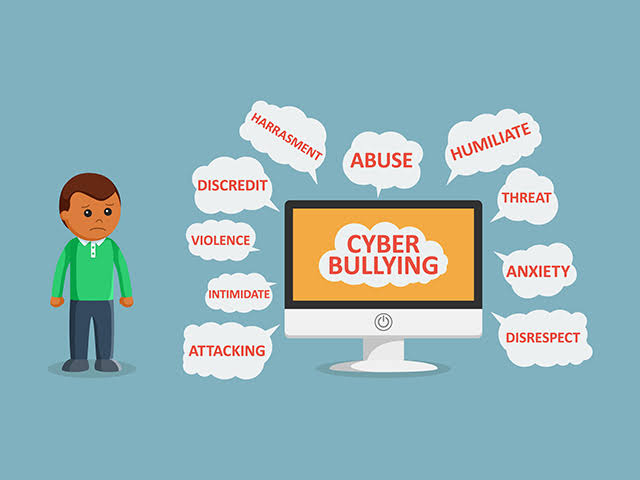SRI LANKAN CRISIS
A government mismanagement is always a cause of an economic crisis. But what is an economic crisis? It is a vulnerable situation where the economy experiences a sudden downturn in its total demand and real Gross Domestic Product (GDP). A crisis not only eliminates the financial strength of the economy but also depower them mentally, thus a recession is not over until a generation is raised that knows how to live on what they have got.
Since its independence from British rule in 1948, Sri Lanka has hit the worst ever economic crisis. But what made this small nation so high in debt? Well, as it is said, there is no ‘a single’ thing that leads to a change but small little things which contribute to it, so happened with Sri Lanka. After the great depression, the country was drained of all of its forex reserves, which led to the borrowing of $2.6 billion from IMF (International Monetary Funds) in 2009. Although the economy was still going on well, its GDP plummeted to half in 2013 due to fall in global commodity prices. By taking further money from the IMF in 2016, Sri Lanka’s economy started to deteriorate. In addition to this, recent economic shocks like The Easter bomb blasts of April 2019 in churches in Colombo resulted in more than 250 casualties, which dropped the number of tourists leading to a decline in forex reserves; the tax cuts by government led by Gotabaya Rajapaksha; decrease in exports and tourism due to Covid, this all led the fiscal deficit to increase and worsen the debt to GDP from 94% to 119%. In 2021, the complete ban of fertilizers to make the country pure organic hugely disrupted the food production and the impact was increasing food prices.
The lack of foreign reserves, rapidly depreciating legal tender, soaring food prices, ban on fertilizers, huge fiscal deficit, increasing inflation rates, etc is all the onus of the mismanagement of the family-run government of Rajapaksha.
But apart from this the role of China in laying this trap was huge. Chinese economic support for Sri Lanka was never meant only for trade and economic reasons. It was always a means to gain political and security grasp against India and protect its interest in the Indian Ocean Rim, through which the bulk of China’s energy movement takes place. Currently, China is the second largest lender to Sri Lanka and has more than 50 projects going on in this economy.
Now what’s next? The consequences. People came on the road. The basic commodities are in severe shortages, the 13-hour power cuts led to shops having stopped operation, and people queuing for hours to acquire essential supplies. It has become difficult for Sri Lankans to earn money or even go to work. The protests started in early April. In addition to that, the Prime Minister, Mahinda Rajapaksh, had to step down the authority and currently former PM, Ranil Wickremesinghe, had to take over that position.
However, there is still hope for survival as India has been helping out Sri Lanka. Recently, India extended a USD 1 billion short-term concessional loan to Sri Lanka. Now the question that raises is why? It is done in order to prevent China taking control of the Indian Ocean and using Sri Lanka’s disadvantage to its benefit and keep India out of China’s play.

As soon as the shortages of basic commodities ends, Sri Lanka should take actions for the economic recovery. By using contractionary fiscal policies, where taxes are raised and government expenditure is reduced, subsidies and other spending patterns can be restructured. Also, the government could increase its revenue to stabilize Balance of Payments. Indian businesses should build more trading connections with Sri Lanka, be it trade of tea or exchange of information technology services. With this, together, both can overcome the crisis and build a friendly neighborhood.
AUTHOR: DEEPIKA JAIN, a Student of BM LAW COLLEGE



